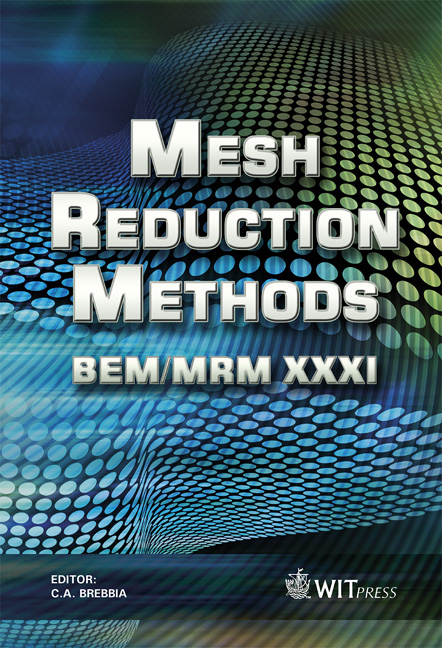Motion Of Nanoscale Contaminant Particles In Air Bearings Under Electrostatic Charges: A Case Study
Price
Free (open access)
Transaction
Volume
49
Pages
10
Page Range
377 - 386
Published
2009
Size
295 kb
Paper DOI
10.2495/BE090331
Copyright
WIT Press
Author(s)
B. W. Yeigh, R. H. Polwort & G. S. Gipson
Abstract
This case study examines the possible effect that electrostatic forces may have on debris particle motion through the interface between two sliding surfaces in an air bearing. It uses as an example the read/write head and disk surface of a typical modern hard disk drive. The Reynolds equation for compressible fluids at high bearing numbers is solved using a factored implicit scheme. A first-order molecular slip correction is also applied. Debris particle motion equations are derived with corrections for gravity, drag, and the Saffman lift effect from previous studies and combined with an equation for electrostatic forces proposed in this study. Aluminum debris particles ranging from 150 to 300nm are introduced and tracked by solving motion equations using Runge-Kutta methods. Electrostatic forces acting on a debris particle were found to affect trajectories at levels of charge far lower than anticipated. Charges at levels as low as 1.5 electrons influenced particle motion significantly. Keywords: molecular slip, Reynolds equation for compressible fluids, nano particles, factored implicit scheme, Runge-Kutta, surface mechanics, electrostatic forces, particle contamination.
Keywords
molecular slip, Reynolds equation for compressible fluids, nanoparticles, factored implicit scheme, Runge-Kutta, surface mechanics,electrostatic forces, particle contamination





